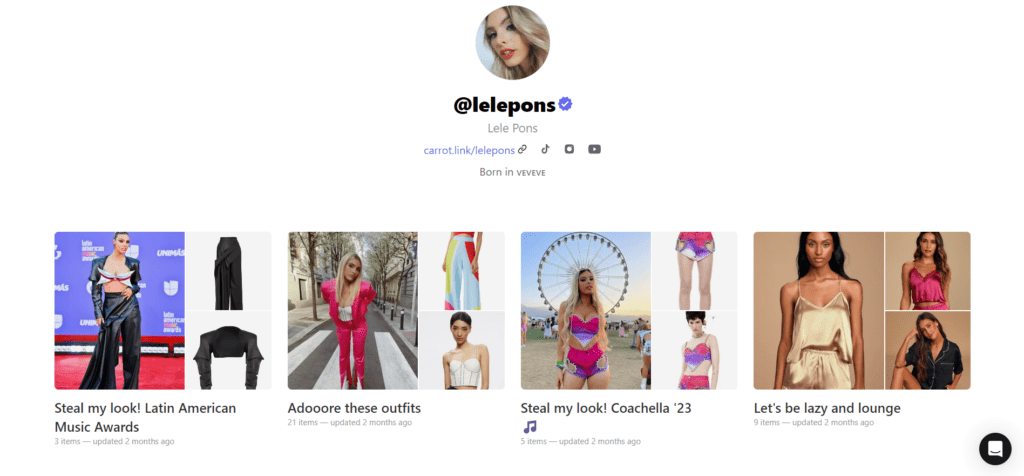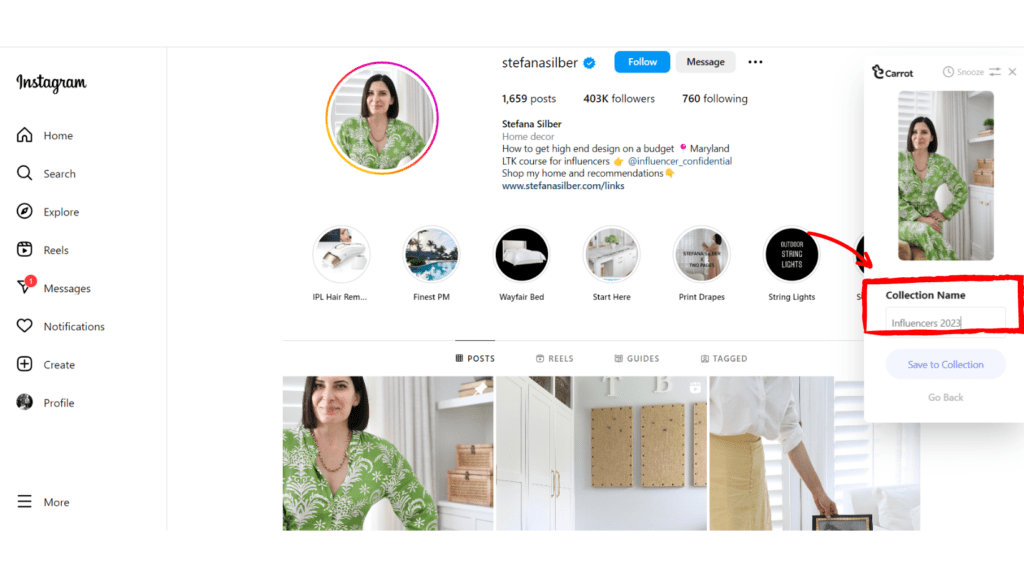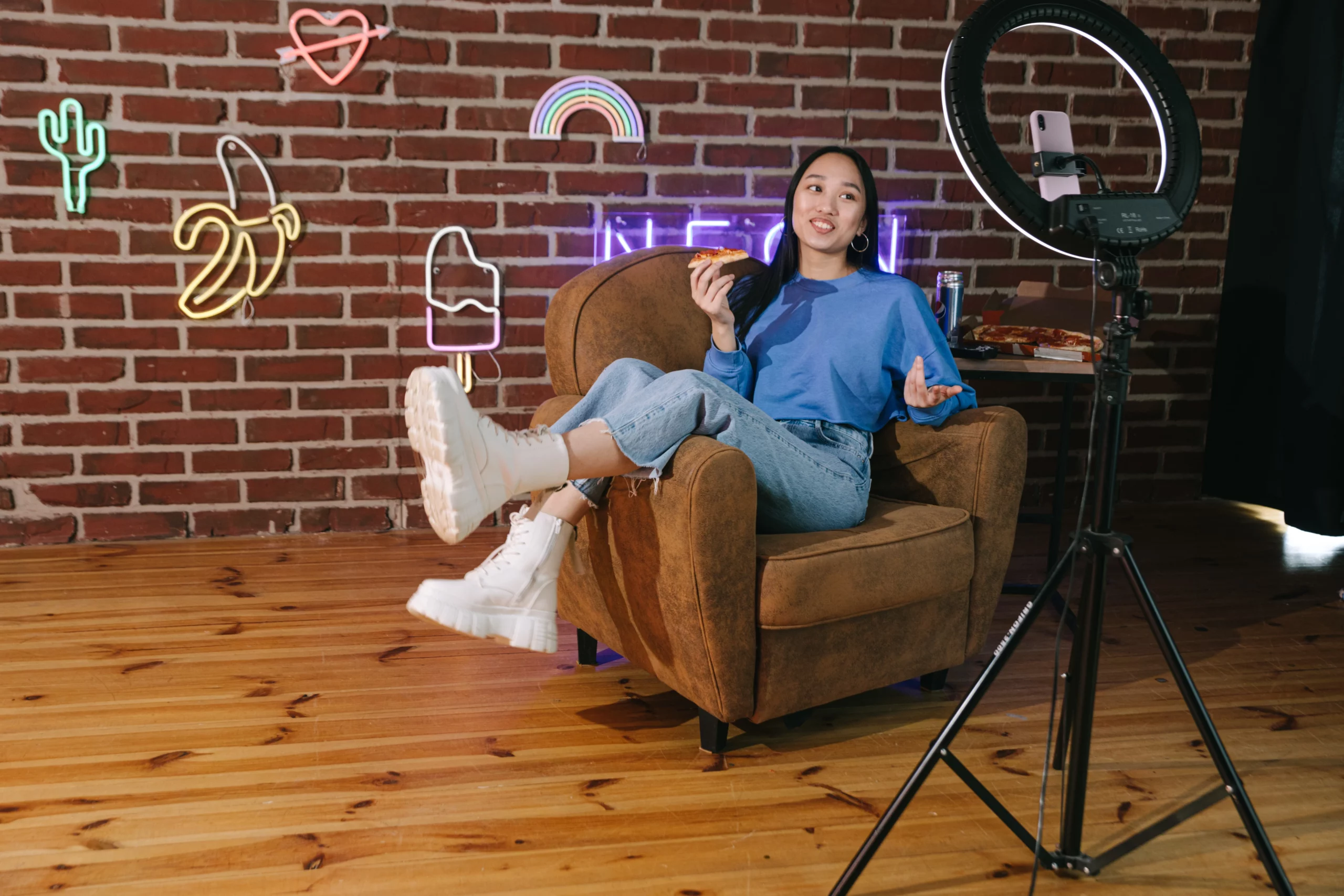New + updated
The 12 Best Snowboard Brands of 2024
March 4th
In the world of influencer marketing, finding the perfect influencers for your brand or campaign can make all the difference. Collaborating with the right influencers who align with your values, target audience, and marketing goals can yield remarkable results.
However, the process of identifying and selecting the ideal influencers can be daunting. That’s why we’ve put together this blog post to guide you through seven effective strategies to find the perfect influencers for your brand.
Whether you’re just starting out or looking to refine your influencer marketing approach, these strategies will help you identify influencers who can authentically promote your brand, amplify your message, and drive meaningful engagement.
Get ready to unlock the power of influencer partnerships as we delve into the world of finding the perfect influencers for you.
Related: How Carrot Can Help Influencers Double Their Revenue
Understanding Different Types of Influencers According To Their Size
Before we see the right influencers for your brand, you will need to understand the different types of influencers so you can choose the right fit for you.
There are three types of influencers.
1. Macro-Influencers
Macro-influencers are typically individuals with a large following, often in the hundreds of thousands or millions. They have a wide reach and can attract significant attention from their audience. Macro-influencers often include celebrities, established social media personalities, and industry experts.
2. Micro-Influencers
Micro-influencers have a smaller following compared to macro-influencers, typically ranging from several thousand to around 100,000 followers. Despite having a more modest reach, micro-influencers often possess a highly engaged and loyal audience. They are often perceived as more relatable and authentic, and their recommendations can carry significant weight within their niche.
3. Nano-Influencers
Nano-influencers have the smallest following among the three categories, typically ranging from a few hundred to a few thousand followers. While their reach may be limited, they often have a highly engaged and tightly-knit community. Nano-influencers are known for their niche expertise, authenticity, and personal connections with their audience. They can be particularly effective in hyper-local or specialized niches.
The distinction between macro, micro, and nano influencers is not strictly defined and can vary depending on the context and industry. The specific follower count thresholds for each category may differ from person to person or platform to platform.
It’s important to note that the value and impact of an influencer’s reach are not solely determined by their follower count but also by the engagement, influence, and alignment with their audience’s interests and needs.
How To Find Influencers Within Your Niche

Source: Lelepons on Carrot
Now, how to find influencers right for your brand? There are different ways you can find influencers. But first, you will need to define your target audience. Then you can begin your search.
To do this, you can research relevant platforms, leverage hashtags and keywords, engage in social listening, access authenticity, consider brand alignment or make use of influencer tools like Carrot.
1. Define Your Target Audience
To begin your search, it’s essential to have a clear understanding of your target audience. Define their demographics, interests, and values.
By honing in on your audience’s characteristics, you can narrow down your search for influencers who have a genuine connection and influence over them. You will also learn what type of influencer fits your campaign.
2. Research Relevant Platforms
Identify the social media platforms where your target audience is most active. Conduct thorough research to determine which platforms align best with your brand’s goals and values.
Each platform has its own set of influencers and audience dynamics, so focusing your efforts on the right platforms will yield better results.
Looking for a Free link tracker that can help you see your engagement on all platforms? Try Carrot – it gives you one home for all your links and a dashboard to monitor and track views, engagement, and demographics for all your links.
3. Leverage Hashtags and Keywords
Make use of hashtags and keywords relevant to your niche to discover potential influencers. Search for these terms across social media platforms to identify influencers who are already discussing topics related to your industry.
Explore the engagement levels, content quality, and overall authenticity of these influencers to determine if they align with your brand’s vision.
4. Engage in Social Listening
Monitor conversations and discussions related to your niche on social media. Observe who is frequently mentioned or referred to as an authority figure within the industry.
Engaging in social listening not only helps you identify potential influencers but also provides insights into emerging trends and conversations that can shape your influencer marketing strategy.
5. Assess Content Quality and Authenticity
Content is king, and influencers are content creators at heart. Evaluate the quality, consistency, and authenticity of an influencer’s content. Look for engaging visuals and well-written captions, plus study their previous collaborations and content to ensure they have a genuine interest in your industry and the expertise to promote your brand authentically.
It is also important to rate their engagement with their audience. How many people liked their reel? How many people commented? How many people shared? Some influencers have thousands of followers but no engagement. Trust us, you don’t want that.
6. Consider Brand Alignment
Ensure that the influencers you choose align with your brand’s values, aesthetics, and goals. Review their previous collaborations and content partnerships to gauge if they have worked with similar brands in the past.
It’s crucial to find influencers who naturally integrate your brand into their content and genuinely resonate with your target audience.
7. Use The Right Search Tools



Having the right tools in your toolkit can help you maximize your search for the right influencers in your niche. Carrot is one such tool that you can add to your kit for FREE.
Here’s what you can do with Carrot:
- Organize Your Search: Shortlist and save influencers easily using the Carrot extension. Save their Instagram, Facebook, or YouTube profile in neat collections that you can easily share or add collaborators to.
- Find Tastemakers and Influencers from Different Niches: From couture to home decor, you can find different types of Influencers on Carrot.
- Trend Analysis: Want to find out what’s trending and loved by your target audience? Check Carrot for their wishlists and interests to maximize your content strategy.
- Authenticity Checks: Carrot does a first round of authenticity checks before onboarding influencers and creators on the platform, so don’t have to worry about fake accounts.
- Free Link Tracker & Dashboard: Need one home for all your links? On Carrot, you can organize your links in neat collections, plus get a dashboard that helps you measure the engagement and gauge the demographics of your audience landing on your links.
- Visual Bookmarking: Found an innovative design, a quote, an interesting post/video, or even a blog. Use Carrot to bookmark it neatly w/o crowding your bookmark tab, so you don’t lose track of your finds.
Related: How To Monetize An Online Community – 6 Great Strategies!
Found the Influencers You Were Looking for; What Next?
So, you feel like you have found the right influencer for your brand. But you are thinking, what next? How do I reach out? Or better still, how do I know this is truly the right influencer for me?
Don’t worry, we’ve got you 👇🏼
1. Reach Out and Foster Relationships
Once you’ve identified potential influencers, it’s time to reach out and start building relationships. Personalize your outreach by demonstrating your understanding of their content and audience.
Approach them with a genuine interest in collaboration, highlighting the mutual benefits of working together. Building meaningful relationships with influencers creates a foundation for successful and long-lasting partnerships.
2. Track and Measure Results:
Track the performance of your influencer collaborations and measure the impact on your brand’s goals. Monitor key performance indicators (KPIs) such as website traffic, conversions, and brand mentions.
Analyzing the results will help you assess the effectiveness of your influencer marketing strategy and refine your approach for future collaborations.
In Conclusion
Lastly, influencer partnerships should be based on trust and mutual benefit. Look beyond one-off collaborations and aim to build long-term relationships with influencers who align with your brand. Nurture these relationships by engaging with their content, sharing their posts, and supporting their endeavors.
Collaboration should be a two-way street, and by fostering authentic relationships, you’ll create a network of influencers who genuinely advocate for your brand.
With the Carrot extension and app, you can easily save and organize influencers’ profiles in collections, find diverse influencers from different niches, and easily do trend analysis to enhance your content strategy. And that’s not all! Carrot conducts authenticity checks before onboarding, ensuring genuine influencers.







